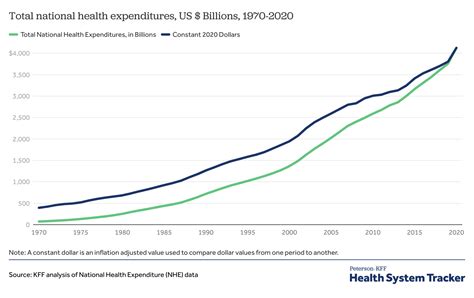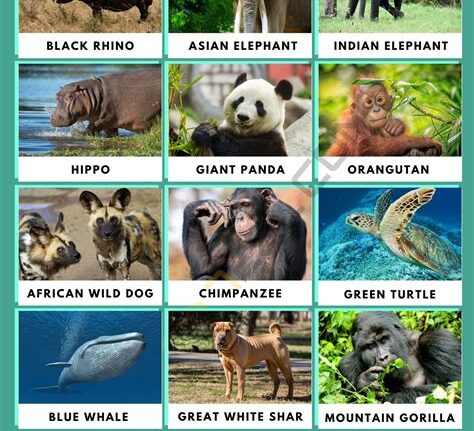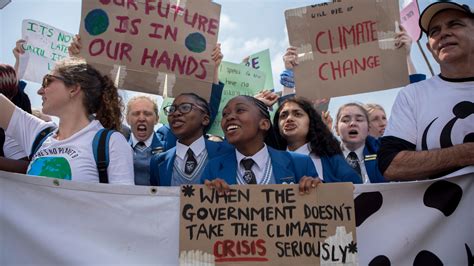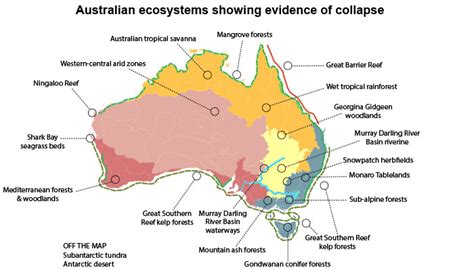Dog poop, cat feces—these are not just nasty nuisances but silent threats to our delicate ecosystem. You might think dodging dog droppings on your daily walk is just an inconvenience, but the impact goes far beyond dirt on your shoe.
“Dodging dog poo along the local path has become something of an Olympic sport of late.”
Picture this: you’re cycling through your neighborhood, enjoying the fresh air when suddenly, you spot one, two, three… thirty piles of pet waste within the first kilometer. It’s a situation that many urban dwellers can relate to—the pervasive problem of irresponsible pet owners leaving their furry friends’ mess behind.
But why should we care about these seemingly harmless heaps of excrement? Well, it’s not just about maintaining cleanliness in our shared spaces. The implications extend to the very heart of our ecosystem and its inhabitants.
“We know leaving dog poo lying around is bad for human health.”
You see, those innocent-looking mounds contain more than meets the eye. They are potent fertilizers that disrupt the delicate balance of nutrients in our environment. Just like how adding manure can benefit plants in a controlled garden setting, pet waste introduces an unnatural influx of nutrients into ecosystems ill-equipped to handle such disturbances.
Australian soils are inherently low in nutrients—a fact native flora and fauna have adapted to over centuries. When pets defecate outside and introduce nutrient-rich substances from their diets into these environments, it poses a threat to the intricate web of life that relies on this delicate equilibrium.
“Pet poo can quickly find its way into waterways, which can drive algal blooms.”
Beyond altering soil composition, pet waste can seep into water bodies, triggering harmful algal blooms that choke aquatic ecosystems. In Berlin, researchers estimated alarming levels of nitrogen and phosphorous entering urban nature reserves due to unchecked dog waste—an ecological disaster waiting to happen.
Now let’s talk about our feline friends. Cat feces carry a hidden danger in the form of toxoplasmosis—a parasitic disease with severe consequences for native wildlife. This insidious ailment doesn’t just affect cats; it spreads to unsuspecting mammals like kangaroos and wallabies, causing blindness and even death.
“If you have a roaming kitty, they could be spreading toxoplasmosis – a disease that can cause serious illness and even death in native mammals.”
Toxoplasmosis manipulates its hosts’ behavior—a macabre phenomenon where infected animals exhibit reckless tendencies that make them easy targets for predators. The parasite responsible plays a sinister game by incapacitating its current host to ensure its survival through transmission via cat feces.
The repercussions don’t end there; toxoplasma-laden cat feces remain infectious for up to 18 months—posing an enduring threat to unsuspecting wildlife sharing their habitats with domestic cats.
As if fertilizing soil and spreading diseases weren’t enough, pet waste also serves as a warning sign for native species signaling potential predators’ presence. Australian wildlife has evolved alongside natural threats like dingoes but view dogs as unwelcome intruders due to their unfamiliar scent markers left through fecal deposits.
“Even though dogs are a new predator to Australian wildlife…”
Imagine being a bandicoot or possum innocently exploring your territory only to encounter strange odors hinting at lurking dangers—that’s precisely what happens when dogs mark their territories with their droppings.
Our cities aren’t concrete jungles devoid of life; they’re vibrant ecosystems teeming with diverse fauna struggling amid urban sprawl.
“It might surprise you we share our cities with rare endangered animals too.”
While city dwellers may not realize it, rare and endangered species coexist alongside us amidst bustling streets and towering buildings—finding refuge in pockets of greenery dotting urban landscapes.
These overlooked creatures rely on every patch of green space as havens from concrete desolation—if tainted by ubiquitous signs warning them away through olfactory cues left by pets’ waste—their already limited safe zones shrink further.
So what can we do as responsible denizens sharing our habitat with these fellow earthlings? Simple acts like picking up after our pets take on profound significance—they’re gestures preserving fragile ecosystems encroached upon by human expansion.
Remember: “Take only photographs; leave only footprints.” Let’s clean up after our four-legged companions—not just for our sake but for all beings navigating this shared realm called Earth.









Leave feedback about this